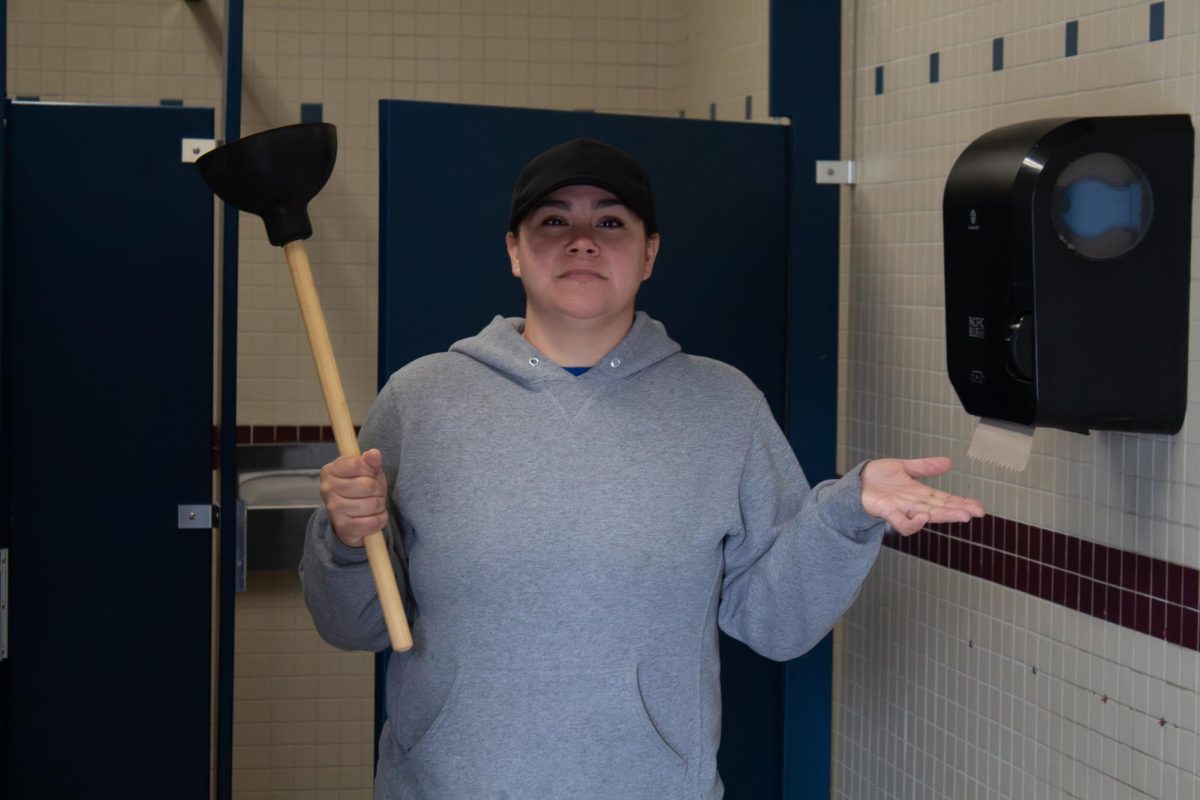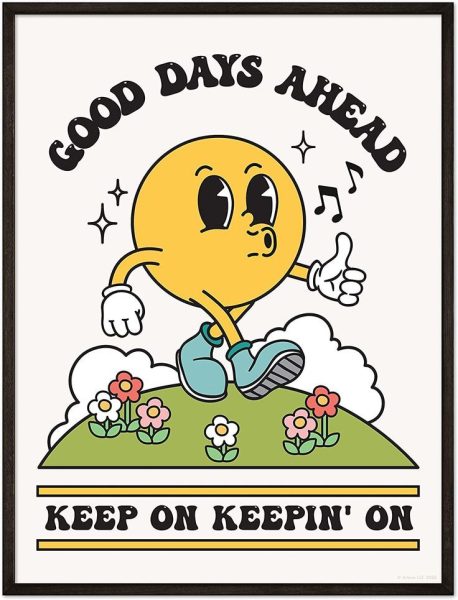The Duality of Enrollment
Everything You Need to Know About Rocklin’s New Courses

February 8, 2017
To the excitement of underclassmen and terror of upperclassmen, the end of the 2016-2017 school year is just around the corner, and with it comes preparations for the 2017-2018 year. This upcoming year, however, Rocklin High will be adding to its rigmarole of AP, honors and regular classes to provide dual-enrollment classes.
But what exactly is a dual-enrollment class? What would a student like me gain out of a course like this? While attempting to repress the looming reality that I will soon be choosing my own classes for the fourth and final time, I will attempt to navigate through this fresh and convoluted topic.
So what exactly is dual-enrollment?
At its most basic definition, dual-enrollment classes are college level classes given at the high school that provide both high school and college credit. This upcoming year, there will be such classes for upper class-level history, senior-level English, junior-level broadcasting, upper class-level journalism and all-level engineering.
Who exactly are these classes for?
Dual-enrollment isn’t for the top ten-percent of the class, or the bottom ten-percent of the class, but somewhere in between.
“The best groups [for these classes] would probably be some of the more advanced students because it is a college level course, but not necessarily our valedictorian candidates…If I were a student and I knew I was going to a community college, I would take dual-enrollment,” explains counselor Mr. Tim Wirth.
However, the prerequisites to get into these classes get a little murky. With classes like engineering (Engineering Support Technologies I-III and Engineering for Manufacturing) or broadcasting (Introduction to Digital Filmmaking), the progression through these courses is merely chronological. On the other hand, the counseling center is still discussing what exactly will qualify a student to get into classes such as History 17 A and B or Expository Reading and Writing.
“[The prerequisites] will be listed in the academic planning guide. They’ll be pretty similar to what an AP course’s are: probably an A or B+ [grade from your previous class]. I don’t remember if we’re going to have a teacher recommendation or not, but I would think that would be reasonable,” Mr. Wirth discloses.
What would I gain from taking a dual-enrollment class over a regular or AP course?
While these are college level courses, students would not have to worry about an anxiety-inducing, wallet-busting AP test at the end of the year. For AP students, these courses give them the rigor they are looking for without all the “what if’s.”
“I feel it could also challenge AP students as well, getting guaranteed college credit as opposed to the potentially getting [college] credit if they pass the [AP] test and if their institution that they’re trying to go to even accepts that score. For dual-enrollment, it’s guaranteed credit to any UC or CSU,” notes broadcasting teacher Mr. Jeremy Jeffreys.
These courses are also intended to be less structured than an AP class. While such courses are generally taught to the test, dual-enrollment classes allow a leniency for teachers to create their own curriculum and allow students to delve into subjects that may not be explicitly discussed in the textbook.
Dual-enrollment makes college credit more accessible to students of all abilities, subtracting the cost and potential hindrances of AP while still giving a near-equivalent rigor. Meanwhile, dual-enrollment also provides essentially free college credit for students who may not see themselves as capable of handling AP courses.
What are some of the downsides to dual-enrollment?
First and foremost, these courses will not be weighted. (Cue the shattering hearts of AP students everywhere.)
Because these classes are intended to be slightly less excruciating than an AP course, an A will be weighted as a good ol’ regular A, a B will be weighted a good ol’ regular B, so on and so forth.
Additionally, Mr. Wirth points out the potential stress of enrolling in such a course.
“…you’re actually starting your college transcript that will follow you wherever you go, so it’s very important that you do well in that class,” he explains.
For AP students, dual-enrollment classes will tragically not provide the GPA inflation we so desperately crave. Additionally, students who may struggle with their grades may face the extra challenge of permanency with these courses. And because college courses require less parent-teacher contact, students will have to be able to independently handle any problems they face with the class.
Overall?
Whether you decide to join a dual-enrollment class or not requires an honest, personal assessment of your academic abilities and your plans for after high school. Do you wish to boost your GPA to its fullest extent, invent time travel by the time you are 22 and attend an Ivy League school? Do you struggle with your grades or find that college isn’t the path you want to take? Are you somewhere in between?
Though over the next few years Rocklin High hopes to introduce more dual-enrollment classes, for the time being, space in these five classes is extremely limited, as Sierra College asks for a 25:1 student-to-teacher ratio and most teachers are only offering one period of their class.
While these courses pose a philosophical question of whether Rocklin High is creating yet another polarized path through high school, these courses at least provide something of a middle ground for those with one foot in the two current camps of AP vs. regular.
Any additional questions about dual-enrollment can be answered by the counselors who will be visiting sophomore classes this week and junior classes next week. The academic planning guide is also online under the counseling tab to learn more about the individual courses.
As you venture into the planning of your upcoming year, it is essential to remember that the classes you decide to take are not a reflection of you as a person or even you as a student, but you as an honest assessment of your abilities. And though the opinion of peers, teachers and counselors should be taken into consideration, ultimately, that assessment is yours–and yours alone–to make.

















